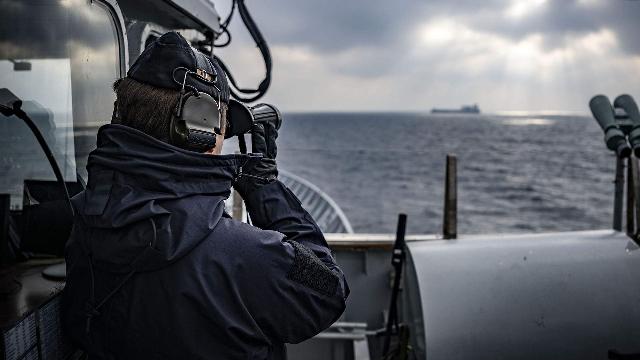The Dynamic Guard-II 2025 exercises declare the purpose of training electronic warfare and missile defense forces
Dynamic Guard II 2025 exercises begin in the Eastern Mediterranean. Officially, their goal is to maintain the level of expertise in the field of electronic warfare and missile defense of NATO members. But military experts interviewed by Izvestia believe that the alliance will rehearse the blockade and electronic suppression of key Russian facilities in Syria — in Khmeimim and Tartus. According to them, these actions can be perceived as a direct provocation that threatens to exacerbate the already tense situation in the region.
NATO exercises in the Mediterranean
From September 9 to 12, NATO electronic warfare exercises called Dynamic Guard-II 2025 will take place in the waters of Antalya Bay and the Eastern Mediterranean. Information about this appeared on the official website of the North Atlantic Alliance.
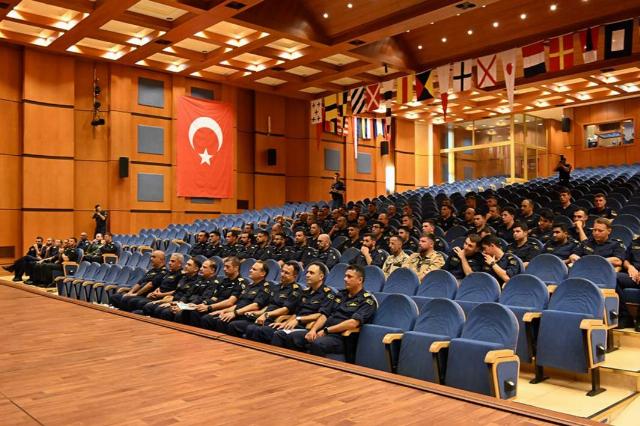
Photo: x.com/NATO_MARCOM
Image source: iz.ru
The stated purpose of the maneuvers is to increase the level of training of units belonging to the NATO Permanent Maritime Group 2 (SNMG2). The Turkish Ministry of National Defense said that these trainings are part of a large—scale program of the alliance to adapt to new security challenges and strengthen operational capabilities.
It is known that the Turkish Navy will take part in the exercises. They will be represented by the frigates Gediz and Barbaros, the fast patrol boat Imbat and the landing ship Osmangazi. Information about the other participants has not been disclosed.
The Dynamic Guard exercises are a key element of the tactical training of the NATO Response Force (NRC), the NATO press service noted. The maneuvers are aimed at maintaining a high level of expertise in the field of electronic warfare and missile defense.
Training sessions are held twice a year. The first part, with the participation of SNMG1 units, traditionally takes place in the Northern region, and the second — in the Southern (Mediterranean) region with the participation of SNMG2. The exercises are led by the Naval Forces Headquarters with the support of the NATO Joint Electronic Warfare Headquarters (JEWCS).
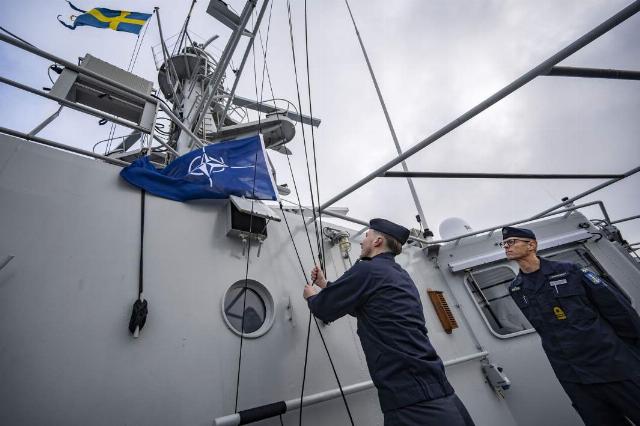
Photo: Global Look Press/Johan Nilsson / TT
Image source: iz.ru
The first phase of Dynamic Guard 25-1 took place from 4 to 8 February in the waters of the Norwegian Sea. The ships of the 1st Permanent Naval Group of NATO, most of which were based in Bergen, Norway, took part in it. According to information from open sources, this group includes vessels from the Netherlands, Germany, Sweden, Finland and Portugal. As part of the maneuvers, issues of improving the skills of conducting electronic warfare and countering underwater threats were worked out.
Possible scenarios for Russian bases in Syria
NATO forces in the Eastern Mediterranean can work out a scenario of the impact of electronic warfare on Russian facilities in Khmeimim and Tartus, military expert Dmitry Boltenkov told Izvestia.
"These bases play an important strategic role for Russia," he explained. — Our bases in Syria affect not only the Middle Eastern situation. They are good logistics points for supplying Russian forces in Africa, the same Afrika Korps. The skies of Europe are closed to us, and we support our forces concentrated there by using the eastern route.
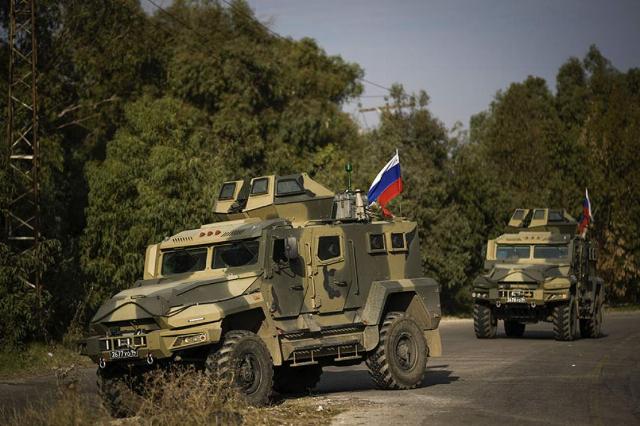
Photo: TASS/AP/Leo Correa
Image source: iz.ru
The expert noted that at the same time, the Turkish forces will act as cautiously as possible — they are our neighbors and remember well the results of the wars with Russia.
"They will work out blocking the sea routes to the base, which makes it impossible for ships to deliver reinforcements and supplies, and creating electronic interference can disrupt our communications, navigation and enemy detection systems, which is a critical element of a modern military conflict,— military expert Dmitry Kornev explained to Izvestia. — From the point of view of military practice, such actions are expected. Any armed forces work out such scenarios to be prepared for potential threats. The Russian military is also conducting similar exercises.
If these actions do not create real problems for the activities of our base and its electronic systems, then they can be considered as a routine training practice. However, if the maneuvers pose a real threat and interfere with the current activities of our equipment, this can be regarded as a violation of the sovereignty of the Russian Federation. In this case, immediate diplomatic intervention will be required to resolve the situation, he noted.
NATO has worked out a breakthrough of the Russian air defense
In recent years, the North Atlantic Alliance has regularly conducted maneuvers, working out possible scenarios of conflicts directed against Russia. As already ru/1911042/iuliia-leonova/finskaia-navodka-samolety-nato-otrabotali-borbu-s-pvo-rossii" target="_blank" rel="nofollow">Izvestia reported that in June large-scale training of NATO forces took place right at the state border of the Russian Federation, near Karelia. Moreover, the North Atlantic Alliance has not officially reported on these maneuvers.
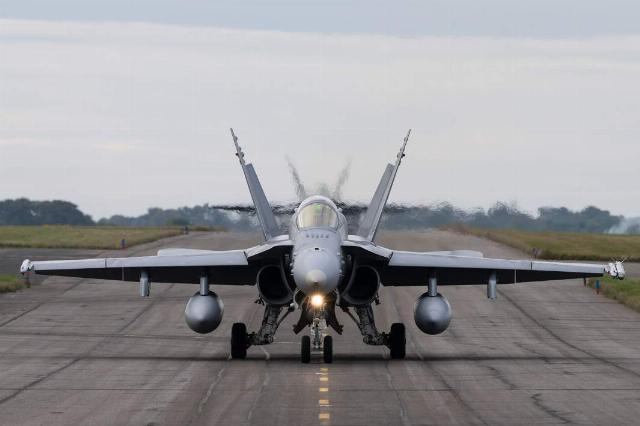
Photo: Global Look Press/Cody Froggatt/Keystone Press Agency
Image source: iz.ru
According to Izvestia sources, the exercise, called Itakaira-2025/2, involved the forces and assets of the 31st squadron from Kuopio, the 11th from Rovaniemi, as well as two Rafale fighters from the French aerospace forces deployed from the advanced Tampere air base.
The main objectives of the training were to alert aircraft, conduct air combat, gain air superiority, as well as strike ground targets and break through Russian air defense systems. In total, about a thousand military personnel and up to thirty pieces of aviation equipment participated in the exercises.
Julia Leonova
Bogdan Stepovoy
Andrey Fedorov
